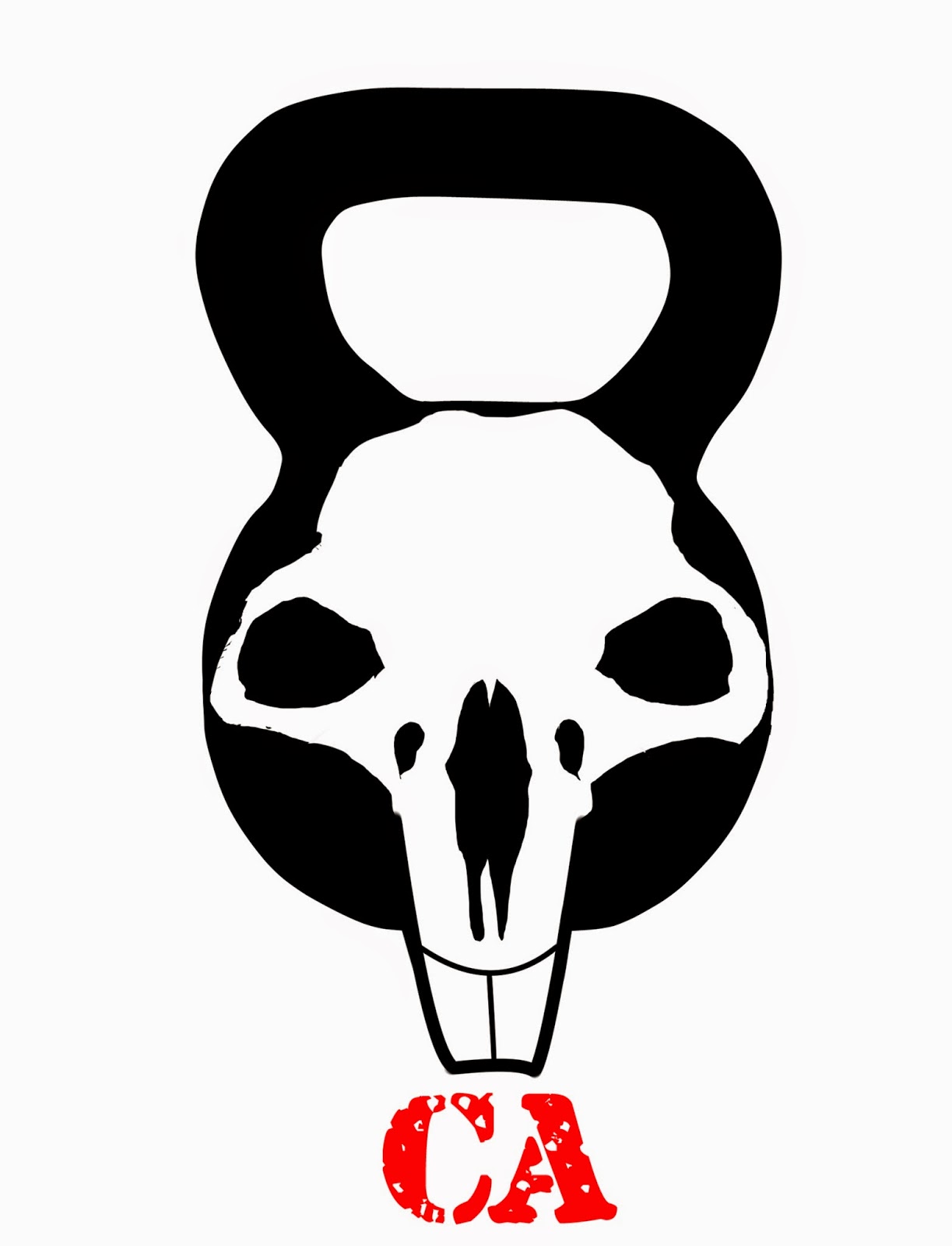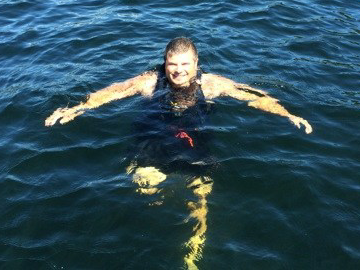PNF stretching
From Wikipedia, the free encyclopedia
PNF stretching, or
proprioceptive neuromuscular facilitation stretching,
is a set of stretching techniques commonly used in clinical
environments to enhance both active and passive range of motion with the
ultimate goal being to optimize motor performance and rehabilitation.
The literature regarding PNF has made the technique the optimal
stretching method when the aim is to increase range of motion,
especially in short-term changes. Generally an active PNF stretch
involves a shortening contraction of the opposing muscle to place the
target muscle on stretch. This is followed by an isometric contraction
of the target muscle. PNF can be used to supplement daily stretching and
is employed to make quick gains in range of motion to help athletes
improve performance.
Aside from being safe and time efficient, the dramatic gains in range
of motion seen in a short period of time may also promote compliance
with the exercise and rehabilitation program.
History
In the early to mid 1900s physiologist
Charles Sherrington
popularized a model for neuromuscular facilitation and inhibition. This
subsequently led Herman Kabat, a neurophysiologist, to develop the
clinical PNF stretching technique using natural movement patterns. He
knew of the
myotatic stretch reflex which causes a muscle to contract when lengthened too quickly, and of the
inverse stretch reflex,
which causes a muscle to relax when its tendon is pulled with too much
force. He believed combinations of movement would be better than the
traditional moving of one joint at a time. Initial PNF techniques were
used to aid the rehabilitation of clients with spasticity and weakness
by facilitating muscle elongation. This is theorized to be accomplished
through enhanced inhibitory mechanisms affecting the spastic muscle, and
improving the muscle strength through improved excitation mechanisms in
the weakened muscle.
Kabat started an institute in Washington, DC and by 1951 had two
offices in California as well. His assistants Margaret Knott and Dorothy
Voss in California applied PNF to all types of therapeutic exercise and
began presenting the techniques in workshops in 1952. During the 1960s,
the physical therapy departments of several universities began offering
courses in PNF and by the late 1970s PNF stretching began to be used by
athletes and other healthy people for more flexibility and range of
motion. Terms about
muscle contraction are commonly used when discussing PNF: Eccentric
Isotonic contraction is when the muscle lengthens while resisting an applied force, and
isometric muscle contraction is when the muscle remains the same length while contracting.
Mechanisms
Proposed mechanisms underlying the PNF stretching response:
Autogenic Inhibition and
Reciprocal Inhibition have traditionally been accepted as the neurophysiological explanations for the superior
ROM gains that PNF stretching achieves over static and ballistic alternatives.
Techniques
The patterns of movement associated with PNF are composed of
multijoint, multiplanar, diagonal, and
rotational movements of the extremities, trunk & neck.
There are 2 pairs of foundational movements for the upper extremities;
UE D1 flexion & extension, UE D2 flexion & extension. There are
also 2 pairs of foundational movements for the lower extremities; LE D1
flexion & extension, LE D2 flexion & extension. Various PNF stretching techniques based on Kabat’s concept are: Hold
Relax, Contract Relax, and Contract Relax Antagonist Contract (CRAC)
etc.
Contract Relax: Passive placement of the restricted muscle
into a position of stretch followed by an isometric contraction of the
restricted muscle. Most isometric contractions in PNF stretching
techniques should be held for a minimum of 3 seconds at a sub maximal effort (20-50% of maximal effort) to avoid muscle fatigue and injury. After the contraction period the patient is instructed to relax the
restricted muscle that was just contracting and activate the opposing
muscle to move the limb into a greater position of stretch. Through
Golgi tendon organ, the tight muscle is relaxed, and allowed to lengthen.
Hold Relax: Very similar to the Contract Relax technique. This
is utilized when the agonist is too weak to activate properly. The
patient's restricted muscle is put in a position of stretch followed by
an isometric contraction of the restricted muscle. After the allotted
time the restricted muscle is passively moved to a position of greater
stretch. Contraction times and efforts will remain the same as the
Contract Relax technique. This technique utilizes the
reciprocal inhibition, which relaxes a muscle after a sustained contraction has been applied to it for longer than 6 seconds.
Contract Relax Antagonist (Agonist) Contract (CRAC) is
performed by-passive stretch of agonist muscle, followed by maximum
isometric contraction of agonist muscle and passive stretch of agonist
muscle again. After that, maximum isotonic contraction of antagonist
muscle is performed. This technique used autogenic and reciprocal
inhibition.
Rhythmic Initiation: Developed to help patients with
Parkinsons overcome their rigidity. Begins with the therapist moving the
patient through the desired movement using passive range of motion,
followed by active-assistive, active-resisted range of motion, and
finally active range of motion.
Rhythmic Stabilization: and
Alternating Isometrics are
very similar in that they both encourage stability of the trunk, hip,
and shoulder girdle. With this technique, the patient holds a
weight-bearing position while the therapist applies manual resistance.
No motion should occur from the patient. The patient should simply
resist the therapist's movements. For example, the patient can be in a
sitting, kneeling, half-kneeling, or standing position when the
therapist applies manual resistance to the shoulders. Usually, the
therapist applies simultaneous resistance to the anterior left shoulder
and posterior right shoulder for 2–3 seconds before switching the
resistance to the posterior left shoulder and the anterior right
shoulder. The therapist's movements should be smooth, fluid, and
continuous. In AI, resistance is applied on the same side of the joint.
In RS, resistance is applied on opposite sides of the joint. Note this
is not a stretching technique, but instead a technique used to
strengthen joint musculature and improve proprioception.
Slow reversals: This technique is based on Sherrington's
principle of successive induction, i.e. that immediately after the
flexor reflex is elicited the excitability of the extensor reflex is
increased.This technique is used to strengthen and buildup endurance of
weaker muscles and develop co-ordination and establish the normal
reversal of antagonistic muscles in the performance of movement.










